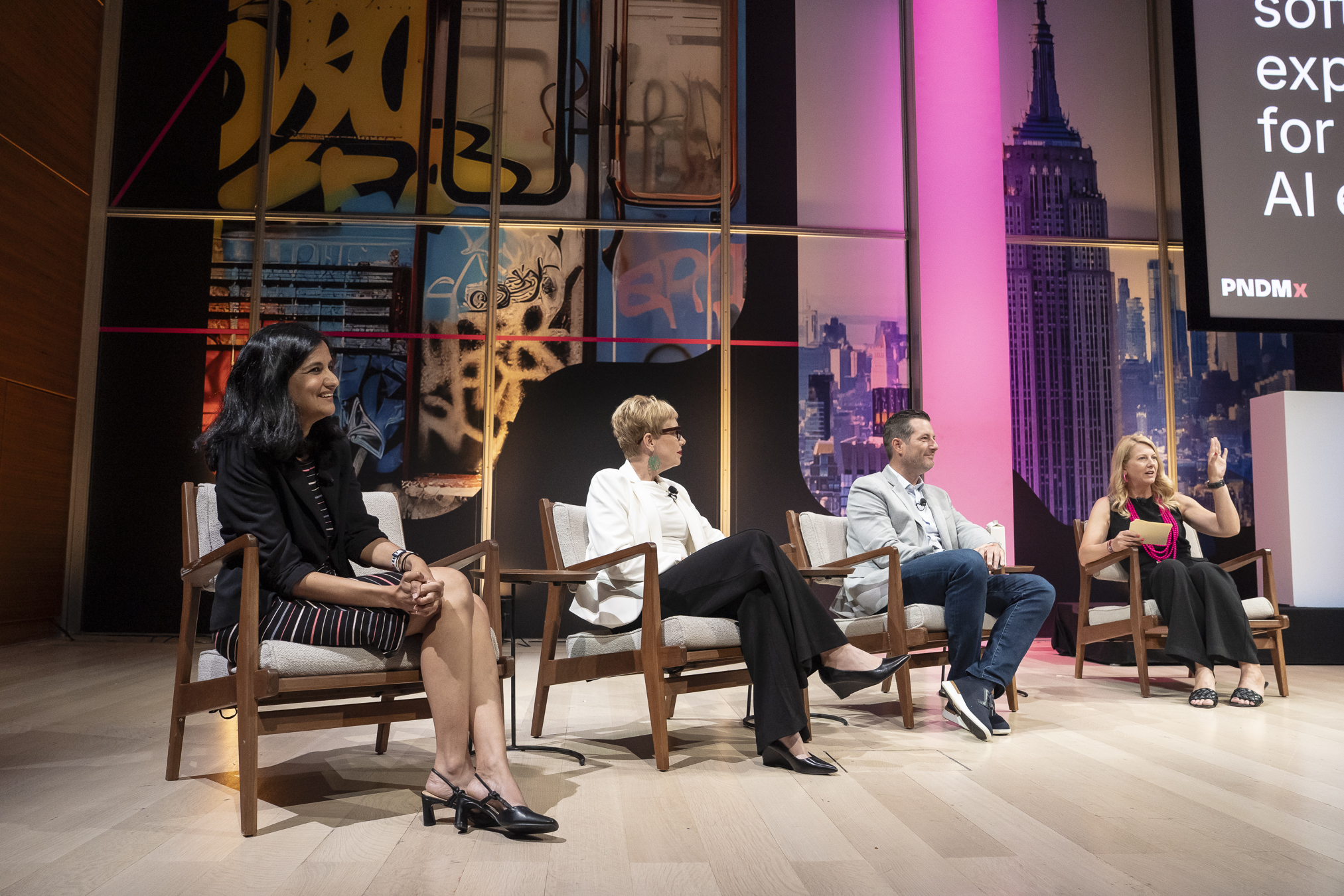In just a few short years, product-led growth (PLG) has become a strategy embraced by companies regardless of size or industry. The high-level concept is simple enough to explain: a strategy that places a company’s software at the center of the buying journey—and often at the center of the broader customer experience. But what does that entail exactly? How do companies drive PLG in practice? In Pendo’s “PLG Teardown” video series, our experts rate products based on six key principles, each of which helps make for a successful PLG strategy.
Here’s a closer look at the six principles:
1. Providing a free user experience
This is where any PLG strategy with substance has to start. The first principle is premised on the idea that there’s no better sales vehicle than the product itself. Cumbersome demos and follow ups both take time from sales reps and become friction points for prospects. Why not let users see the value your product delivers themselves, whenever it’s convenient for them? What’s more, a “freemium” model lets you automate and scale your sales motion in almost limitless ways.
2. Delivering an “aha” moment ASAP
Once users are in your product, you want them to see the value, fast. The products most likely to drive successful PLG are those that immediately let users discover “aha” moments—moments where they first experience the product’s key benefits. There are multiple ways for companies to ensure users get to “aha” moments quickly, but a particularly useful one is in-app notifications and guidance to walk them through basic functionality and important features.
3. Committing to best-in-class usability
Another important means of getting users to “aha” moments is to design your product with optimized UX and usability. The last thing users want is a clunky, cluttered, unintuitive digital experience leaving them confused and unsure about where to go or what to do. As part of ensuring a smooth, seamless usability experience, companies should make a point to collect feedback from users about what’s working and what isn’t in the time and place it matters most—in the product itself as they’re engaging with it.
4. Delighting users to encourage “stickiness”
Getting users to an “aha” moment is one thing, but they’re not going to stick around unless they have a reason to. That’s why the best products for driving PLG are those that keep users coming back and wanting more. Here again robust feedback collection and quantitative usage data matter, as they can help product teams decide what features and functionality in their roadmap to prioritize.
5. Making purchasing feel like the natural next step
Having seen the value of your freemium product version time and again, users are now in a position to be targeted for conversion. The most forward-thinking product teams design free products that include many key features, while leaving others as part of the subscription model. What’s more, they make a point to alert users in various ways (including via in-app notifications) what they’re missing out on without the paid version, and make it easy and natural for them to convert or upgrade when they’re ready.
6. Building virality in at every turn
What separates the best digital products from the rest is their ability to continually surprise and delight users such that they become evangelists. Building in elements of virality into your product helps these superusers and evangelists spread the word quickly and easily and adds a whole new dimension to your PLG motion. The result is even greater momentum as more and more users discover the value in your product—and let the world know about it.
Ready to learn more about PLG in action? Watch the newest episode of “The PLG Teardown,” in which our panel of experts applies the six principles above to HubSpot’s free chatbot builder.


